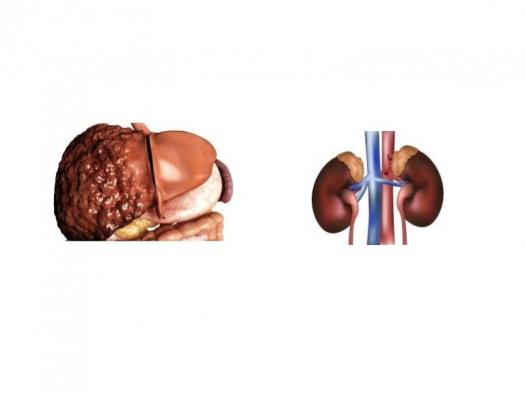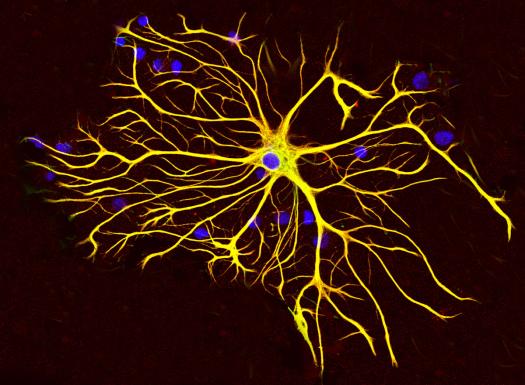How Well Do You Know About Hepatic Portal System? Trivia Quiz
(104).jpg)
.
- 1.
The portal vein is responsible for what percent of blood that enters the liver?
- A.
50%
- B.
60%
- C.
70%
- D.
80%
Correct Answer
D. 80%Explanation
Answer: d; 75-80% of the blood entering the liver is supplied by the portal vein (which itself collects nutrient-rich blood from the digestive tract.) This blood is partially oxygenated and supplies only 50% of the liver’s oxygen supply.Rate this question:
-
- 2.
At 1 MAC, which of our current volatile anesthetics most substantially decreases hepatic blood flow?
- A.
Desflurane
- B.
Sevoflurane
- C.
Isoflurane
- D.
Both a and c
Correct Answer
A. DesfluraneExplanation
Answer: a. desflurane: at 1 MAC desflurane causes a 30% reduction of hepatic blood flow. Sevoflurane has minimal effects on hepatic blood flow. Isoflurane produces a dose-dependent reduction in hepatic blood flow beyond 1 MAC.Rate this question:
-
- 3.
Regarding cardiac presentation, the cirrhotic patient is expected to have:
- A.
Low cardiac output, low arterial blood pressure, low systemic resistance
- B.
High cardiac output, high arterial blood pressure, high systemic resistance
- C.
High cardiac output, low arterial blood pressure, low systemic resistance
- D.
Low cardiac output, low arterial blood pressure, low systemic resistance
Correct Answer
C. High cardiac output, low arterial blood pressure, low systemic resistanceExplanation
Answer: c: the cirrhotic patient typically has a hyperdynamic circulation as described in c. The patient will present as warm and well perfused with systolic atrial pressures approximately 80-90mmHg. These changes are largely in part due to portal hypertension which stimulates an overproduction of vasodilators and ultimately leads to a reduced circulatory responsivity to sympathetic stimulation.Rate this question:
-
- 4.
Which of the following are NOT associated with increased nephrotoxicity in the cirrhotic patient:
- A.
NSAIDS
- B.
Contrast
- C.
ACE/ARBs
- D.
Aminoglycosides
Correct Answer
B. ContrastExplanation
Contrast is not associated with increased nephrotoxicity in cirrhotic patients. While NSAIDs, ACE/ARBs, and aminoglycosides are known to have nephrotoxic effects, contrast agents used in medical imaging procedures do not have a direct impact on renal function in cirrhotic patients. This is because the nephrotoxicity associated with contrast agents primarily occurs in patients with pre-existing renal impairment or other risk factors, rather than being specific to cirrhotic patients.Rate this question:
-
- 5.
With hepatic encephalopathy, astrocytes located in the blood brain barrier metabolize ammonia into ______, resulting in cerebral edema and astrocyte swelling.
- A.
Glutamine
- B.
Reactive oxygen species
- C.
Glutamate
- D.
GABA
Correct Answer
A. GlutamineExplanation
Answer: a. glutamine; its hyperosmolar nature pulls water intracellularly Astrocyte swelling results in the production of reactive oxygen and nitrogen species which can further compromise blood-brain barrier permeability Glutamate, an excitatory neurotransmitter, is also metabolized into glutamine. It is released from astrocytes in response to increased ammonia levels is responsible for the neuroexcitatory state of Type A hepatic encephalopathy and the neuroinhibitory state of Type C hepatic encephalopathy.Rate this question:
-
Quiz Review Timeline +
Our quizzes are rigorously reviewed, monitored and continuously updated by our expert board to maintain accuracy, relevance, and timeliness.
-
Current Version
-
Mar 21, 2023Quiz Edited by
ProProfs Editorial Team -
Jan 09, 2018Quiz Created by
Christina
 Back to top
Back to top







